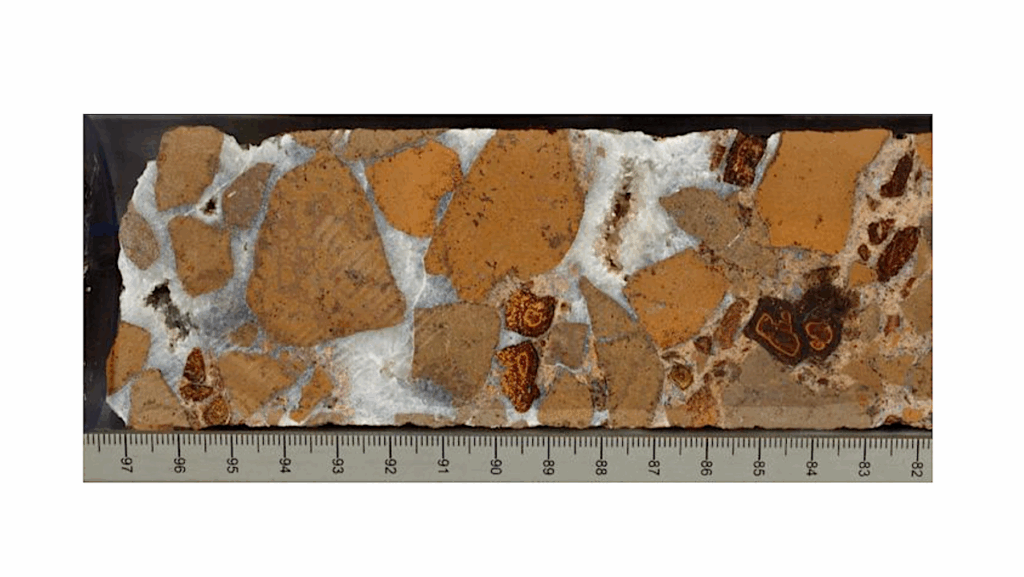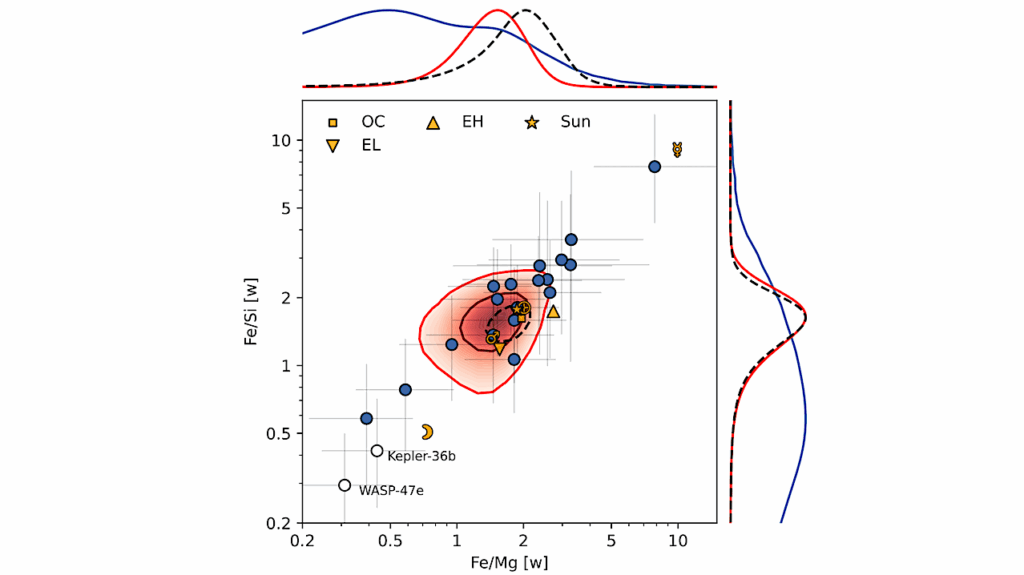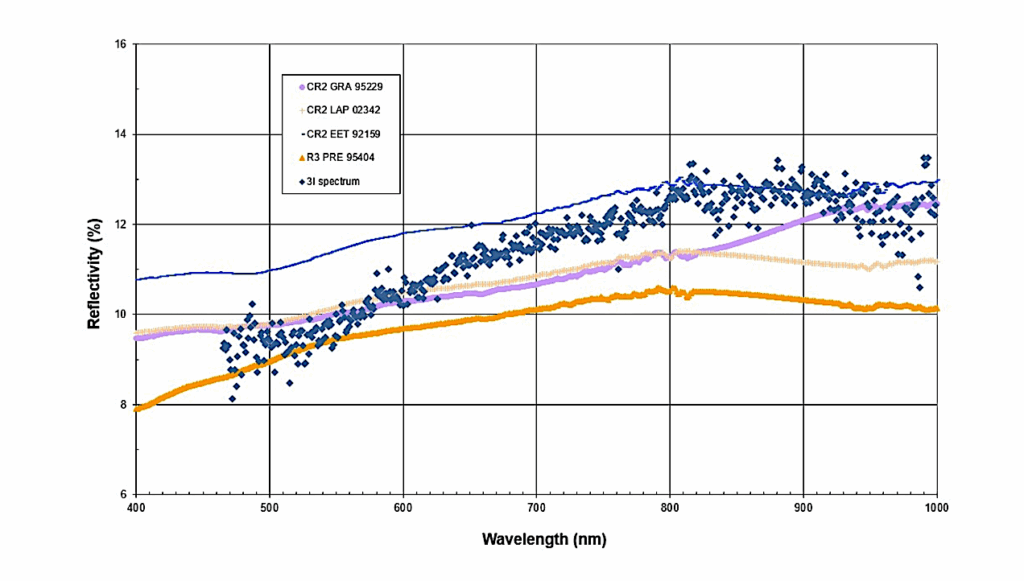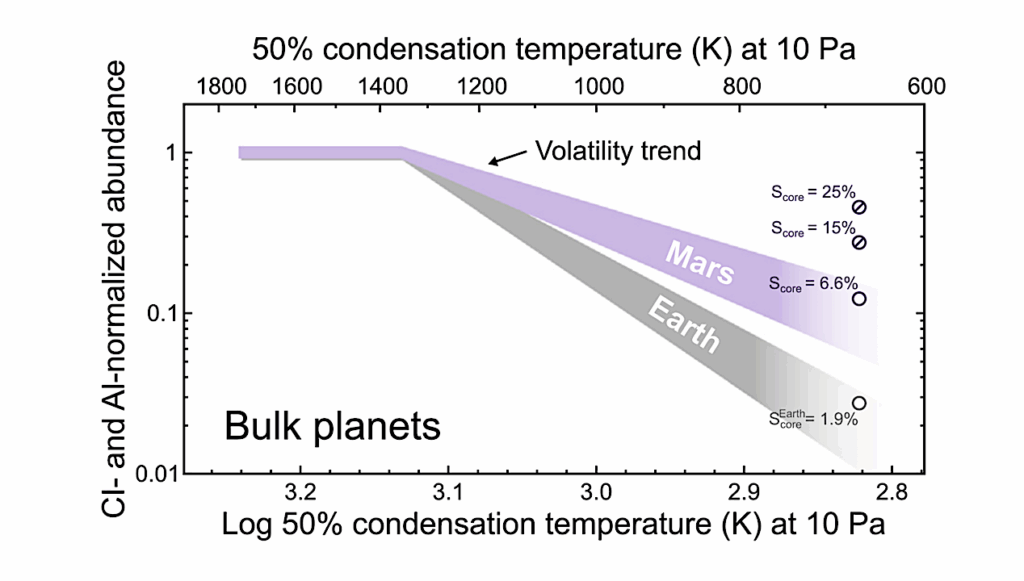New Evidence Challenges Oldest Signs of Life
Ancient rocks are shedding new light on the timeline for life’s emergence on Earth. The rocks from the Nuvvuagittuq Supracrustal Belt in Quebec, Canada, are believed to be some of the oldest on Earth. They contain carbon-based minerals that had been interpreted as evidence of the Earth’s early biosphere, however, new research tells a different story. By applying cutting-edge technology to the rock samples, a team of scientists have revealed that the carbon minerals found in the rocks may be much younger than the rocks themselves.
“The characteristics of the poorly crystalline graphite within the samples are not consistent with the metamorphic history of the rock,” said co-author Dominic Papineau in a news release from Boston College. “The carbon in the graphite is not as old as the rock. That can only ring a bell and require us to ask if we need to reconsider earlier studies.”
The results were reported in the May 15, 2011 edition of the journal Nature Geoscience. Funding organizations for this work included the NASA Exobiology and Evolutionary Biology Program (Exo/Evo), the NASA Astrobiology Institute (NAI), the W.M. Keck Foundation, the Geophysical Laboratory of the Carnegie Institution of Washington, Carnegie of Canada, the Naval Research Laboratory, the NRC Research Associateship Program, Boston College, and the Fond Quebecois pour la recherche sur la nature et les technologies (FQRNT).








